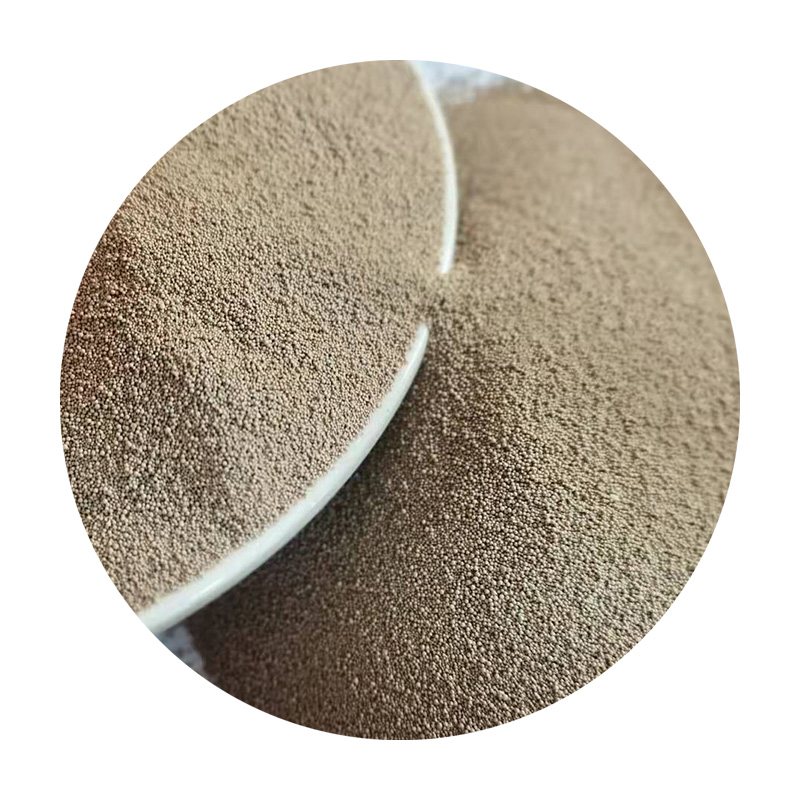Understanding the Price Trends of Ceramic Sand
Ceramic sand, an essential material in various industrial applications, has gained significant attention in recent years due to its unique properties and versatility. Used predominantly in the production of ceramics, as well as in foundry applications, construction, and hydraulic fracturing, the demand for ceramic sand has surged. With its rise in popularity, an important question arises what influences the price of ceramic sand, and where do these trends seem to be heading?
Factors Influencing the Price of Ceramic Sand
1. Raw Material Costs The primary determinants of ceramic sand pricing are the costs of raw materials used in its production. Ceramic sand can consist of a variety of minerals, including kaolin, feldspar, and various clay materials. Fluctuations in mining activities, regulatory changes, and environmental considerations can significantly affect these raw material prices.
2. Production Technology The methods and technologies employed in the production of ceramic sand can influence costs dramatically. More efficient production techniques not only reduce waste but also lower energy consumption, which can subsequently lower the overall cost of ceramic sand. As industries evolve and adopt new technologies, prices may stabilize or even decrease.
3. Demand from Key Industries The primary demand for ceramic sand comes from sectors such as construction, oil and gas, and automotive industries. A surge in construction projects, for instance, will likely drive up demand for ceramic sand as it is used in high-performance concrete and lightweight construction materials. Similarly, the oil and gas industry’s reliance on ceramic sand for hydraulic fracturing operations can lead to significant price increases when fossil fuel exploration activities ramp up.
4. Market Competition The competitive landscape also plays a crucial role in determining price. Numerous manufacturers produce ceramic sand, and variations in quality can lead to competitive pricing strategies. In markets where few companies dominate, prices may be higher due to less competition. Conversely, in a saturated market with many suppliers, prices may decrease as companies strive to attract buyers.
5. Geopolitical and Economic Factors Global economic trends, trade policies, and geopolitical issues can also impact the price of ceramic sand. Tariffs on imported raw materials can increase production costs, while economic downturns may reduce demand, leading to price adjustments.
ceramic sand price

Current Price Trends
As of late 2023, the price of ceramic sand has experienced fluctuations due to a mix of rising demand and supply chain challenges. Post-pandemic recovery in many countries has resulted in increased construction projects and industrial activities, hence pushing demand for ceramic sand higher. According to recent market analysis, prices have seen a steady increase over the past year, with some regions reporting a 10-20% rise.
Moreover, ongoing supply chain disruptions, particularly with regard to freight and logistics, have made the procurement of raw materials more expensive and complex, further contributing to the upward price trend. Manufacturers are also facing rising costs associated with labor and energy, which are being passed on to consumers.
Projections for the Future
Looking ahead, the pricing landscape of ceramic sand may remain volatile due to several key factors. If demand in major industries continues to grow, prices may stabilize at a higher range, particularly if production capacities do not keep pace. Conversely, an economic slowdown or a reduction in construction activities could lead to decreased demand and consequently lower prices.
Additionally, advancements in recycling technologies and the increasing use of alternative materials could also influence the ceramic sand market. The industry's response to environmental concerns may drive innovations that alter the production process and reduce reliance on traditional materials, affecting overall market prices.
Conclusion
In summary, the price of ceramic sand is influenced by a plethora of factors, including raw material costs, production technologies, market demand, and global economic conditions. As we move forward, stakeholders in the ceramic sand market must remain vigilant and adaptable to the changing landscape to optimize their investment and business strategies. Keeping an eye on these trends will be crucial for manufacturers, suppliers, and consumers alike as they navigate through the complexities of this dynamic market.
Post time:12 月 . 23, 2024 02:09
Next:تعريف الصب الرمل العملية والتقنيات والتطبيقات في الصناعة
